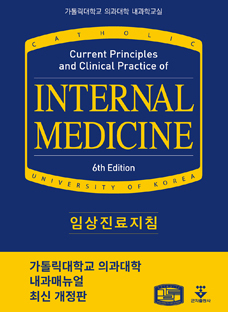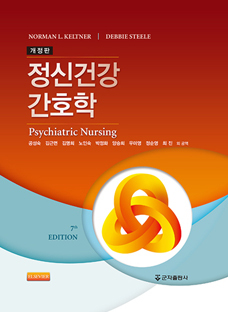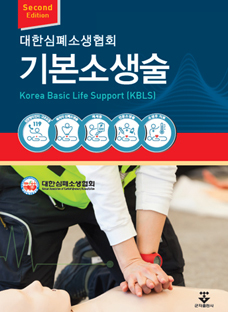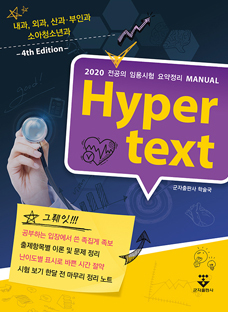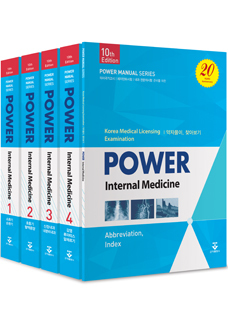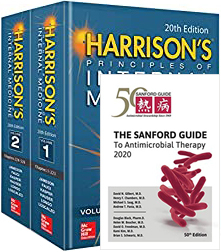Part I: Foundations
Chapter 1. Introduction to Medication Monitoring by the Rehabilitation Therapist
Principles of Pharmacotherapy
Generic Medications
Side Effects of Medications
Special Populations and Medication Risk
Patient Education and Medication Use
Safe and Effective Use of Medications
Summary
Chapter 2. Medication’s Effects on the Nervous System, Muscle Function, and Cognition
Central Nervous System
Peripheral Nervous System
Medication-Induced Movement Disorders
Summary
Chapter 3. Nutrition in the Rehabilitation Patient
Physiology of Nutrition
Incidence, Etiology, and Pathophysiology of Malnutrition
Nutritional Screening, Assessment, and Monitoring
Rehabilitation Considerations
Summary
Part II: Medications Used to Treat Psychiatric and Cognitive Disorders
Chapter 4. Medications Used to Treat Depression and Bipolar Disorder
Depression
Drug Interactions With Antidepressants
Bipolar Disorder
Summary
Chapter 5. Medications Used to Treat Psychosis and Schizophrenia
Psychosis
Agitation
Side Effects Associated With Antipsychotic Agents
Drug Interactions
Role of the Rehabilitation Therapist in Promoting Medication Adherence
Rehabilitation Considerations
Summary
Chapter 6. Medications Used to Treat Delirium, Dementia, and Alzheimer’s Disease
Reversible Cognitive Impairment Caused by Medications
Reversible Cognitive Impairment Caused by Medication-Associated Delirium
Irreversible Cognitive Impairment
Summary
Chapter 7. Medications Used to Treat Anxiety, Anxiety Disorders, and Insomnia
Anxiety Disorders
Insomnia
Summary
Part III: Medications Used to Treat Neurologic and Movement Disorders
Chapter 8. Medications Used to Treat Seizure Disorders
Classification of Seizures
Seizures, Convulsions, and Epilepsy
Summary
Chapter 9. Medications Used to Treat Spasticity and Muscle Spasm
Spasticity
Muscle Spasm
Summary
Chapter 10. Medications Used to Treat Parkinson’s Disease
Parkinson’s Disease
Summary
Chapter 11. Medications Used to Treat Amyotrophic Lateral Sclerosis, Multiple Sclerosis, and Myasthenia Gravis
Amyotrophic Lateral Sclerosis
Multiple Sclerosis
Myasthenia Gravis
Summary
Chapter 12. Medications Used to Treat Other Movement Disorders
Essential Tremor
Subcortical Dementia
Huntington’s Disease
Wilson’s Disease
Restless-Leg Syndrome
Medication-Induced Movement Disorders
Summary
Part IV: Medications Used to Treat Pain and Substance-Use Disorders
Chapter 13. Medications Used to Treat Pain
Classification of Pain
Summary
Chapter 14. Medications Used to Treat Chronic Pain Syndromes
Migraine Headache
Fibromyalgia
Trigeminal Neuralgia
Cancer Pain
Amputation Pain
Central Pain Syndromes
Complex Regional Pain Syndrome
Summary
Chapter 15. Medications Used to Treat Substance-Use Disorders
Definition of Substance-Use Disorder
Alcohol-Abuse Disorders
Drug-Abuse Disorders
Summary
Part V: Medications Used to Treat Disorders of the Immune System
Chapter 16. Medications Used to Treat Infections
Classification of Bacteria
Urinary Tract Infections
Skin and Soft-Tissue Infections
Surgical Wound Infections
Vascular Ulcers and Pressure Ulcers
Diabetic Foot Infections
Pneumonia
Antibiotic-Associated Diarrhea
Control of Infection in the Rehabilitation Center
Summary
Chapter 17. Medications Used to Treat Osteoarthritis, Gout, and Rheumatoid Arthritis
Osteoarthritis
Gout
Rheumatoid Arthritis
Related Rheumatic Diseases
Summary
Chapter 18. Medications Used to Treat Cancer
Definition of Cancer
Summary
Part VI: Medications Used to Treat Chronic Disease
Chapter 19. Medications Used to Treat Hypertension, Congestive Heart Failure, and Cardiac Arrhythmias
Cardiovascular Disease
Hypertension
Congestive Heart Failure
Cardiac Arrhythmias
Summary
Chapter 20. Medications Used to Treat Peripheral Artery Disease, Stroke, and Coronary Heart Disease
Atherosclerosis
Peripheral Artery Disease
Stroke
Coronary Artery Disease
Summary
Chapter 21. Medications Used to Treat Diabetes
Diabetes Mellitus
Diabetic Neuropathy
Summary
Chapter 22. Medications Used to Treat Respiratory Disease
Respiratory System
Chronic Obstructive Pulmonary Disease
Emphysema
Chronic Bronchitis
Asthma
Rehabilitation Considerations for Respiratory Disease
Medication Therapy for Respiratory Disease
Summary
Chapter 23. Medications Used to Treat Thyroid Disease, Parathyroid Disease, and Osteoporosis
Thyroid Disease
Hyperthyroidism
Hypothyroidism
Osteoporosis
Paget’s Disease
Hyperparathyroidism
Hypoparathyroidism
Summary
Chapter 24. Medications Used to Treat Gastrointestinal Disorders
Nausea and Vomiting
Constipation
Irritable Bowel Syndrome
Inflammatory Bowel Disease
Dyspepsia and Disorders Associated With Delayed Gastric Emptying
Eosinophilic Esophagitis
Dysphagia
Rehabilitation Considerations in Medication Review and Patient Education
Summary
